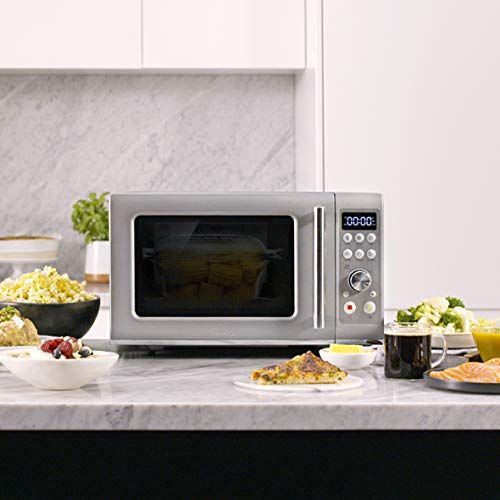…Surprising Uses for Your Microwave
Nutrition and Health talk with Olushola Okunlade
Microwaves are not known to cause cancer. Microwave ovens use microwave radiation to heat food, but this does not mean that they make food radioactive. Microwaves heat food by causing water molecules to vibrate and, as a result, food is heated.
There are many different types of radiation that have different levels of energy. X-rays have lots of energy and potentially can ‘break’ DNA. This is known as ionizing radiation and, especially with accumulated exposure over time, can contribute to cancer risk.
Microwaves, radio waves, and the light that we can see are all examples of non-ionizing radiation. The only non-ionizing radiation which causes cancer is ultraviolet (UV) light, which is why people are advised to protect themselves from excessive sun exposure when UV levels are high. Microwaves are not known to cause cancer.
Microwave ovens use microwave radiation to heat food, but this does not mean that they make food radioactive. Microwaves heat food by causing water molecules to vibrate and, as a result, food is heated. This is different from the absorption of heat energy by food which is the basis of conventional cooking.
These are 8 surprising uses of microwaves:
Dry Herbs: You can turn fresh herbs into dried seasonings for food. Place leaves in a single layer between two paper towels, and heat on high for 1 minute per cup. This method works best on parsley, basil, and celery leaves.















